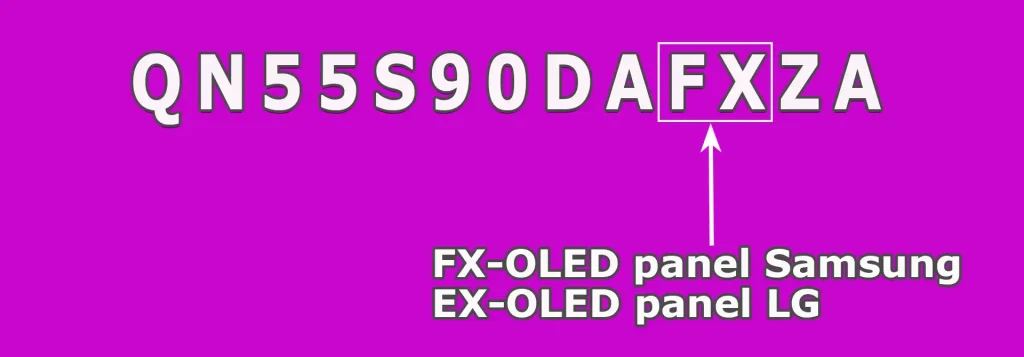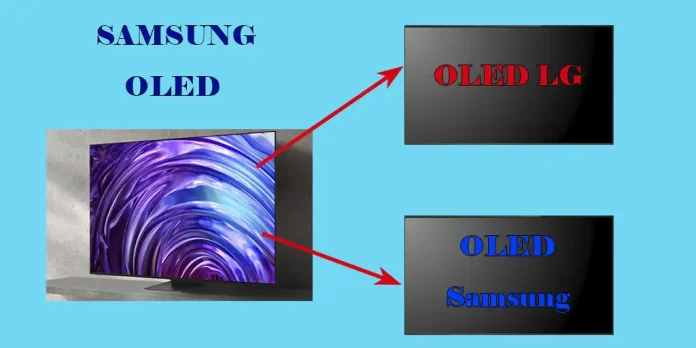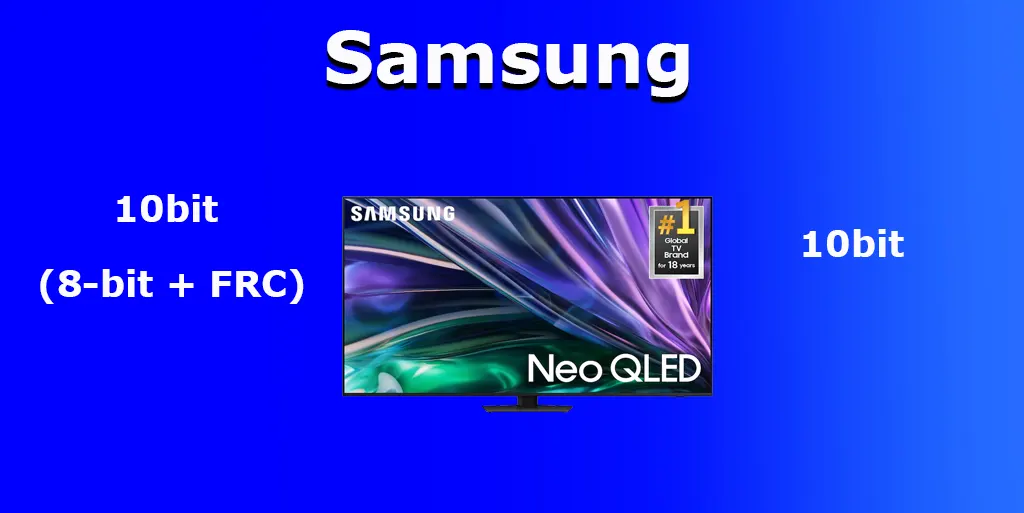For years, Samsung stood firm in its stance against OLED technology, championing QLED as the superior option. Yet, the undeniable advantages of OLED for large screens eventually led the company to shift its perspective. By 2022, Samsung had started producing OLED TVs, crafting its panels in a state-of-the-art factory in Noda, South Korea. However, the factory faced challenges in meeting the demand for QD-OLED panels. As a result, starting with the 2024 models, Samsung quietly began incorporating LG’s OLED panels into its TVs.
Curiously, the official descriptions of these models do not mention QD-OLED panels—a subtle omission, as Samsung understandably prefers not to highlight that their screens now carry LG’s technology. But there’s a way to discern whether your Samsung OLED TV uses an LG panel even before purchasing: a careful glance at the model number reveals the truth.
How to find out which OLED panel is installed in your Samsung TV: LG or Samsung

To determine which panel is installed in your TV, you simply need to locate the full model number and pay attention to the final characters. Let’s take a closer look at the 2024 S90D models available in the USA and Canada:
QN42S90DAEXZA
QN48S90DAEXZA
QN55S90DAFXZA
QN65S90DAFXZA
QN77S90DAFXZA
QN83S90DAEXZA
Notice the last few characters: “EX” or “FX” indicate the TV’s components, while “ZA” denotes the region. For 2024 models, sets equipped with LG panels carry the “EX” index. As such, the 42″, 48″, and 83″ models use LG screens, while the 55″, 65″, and 77″ models are fitted with Samsung screens.
Now let’s turn to the European market, focusing on the UK’s S90D models, which range from 48″ to 83″:
QE48S90DAEXXU
QE55S90DAEXXU
QE65S90DATXXU
QE77S90DAEXXU
QE83S90DAEXXU
In Europe, “TX” identifies standard models, while “EX” indicates the presence of an LG panel. Here, we see that only the 65″ model has a Samsung screen, while the others use LG displays.
By checking the model number, you can easily discover whether a TV is equipped with a Samsung or LG panel.
In conclusion, Samsung is currently producing OLED displays with screen diagonals of 55, 65, and 77 inches. So, if you’re considering a TV with a 42, 48, or even a whopping 83-inch screen, these models are exclusively equipped with LG panels.
Technically, these panels differ in a few key ways. LG uses WRGB technology, where each pixel comprises four sub-pixels – white, red, green, and blue. Samsung, on the other hand, uses a traditional three-subpixel layout. In addition, some LG panels include EVO technology, which increases brightness by integrating mini-mirrors next to the pixels to redirect light outward, minimizing light loss inside the display.




